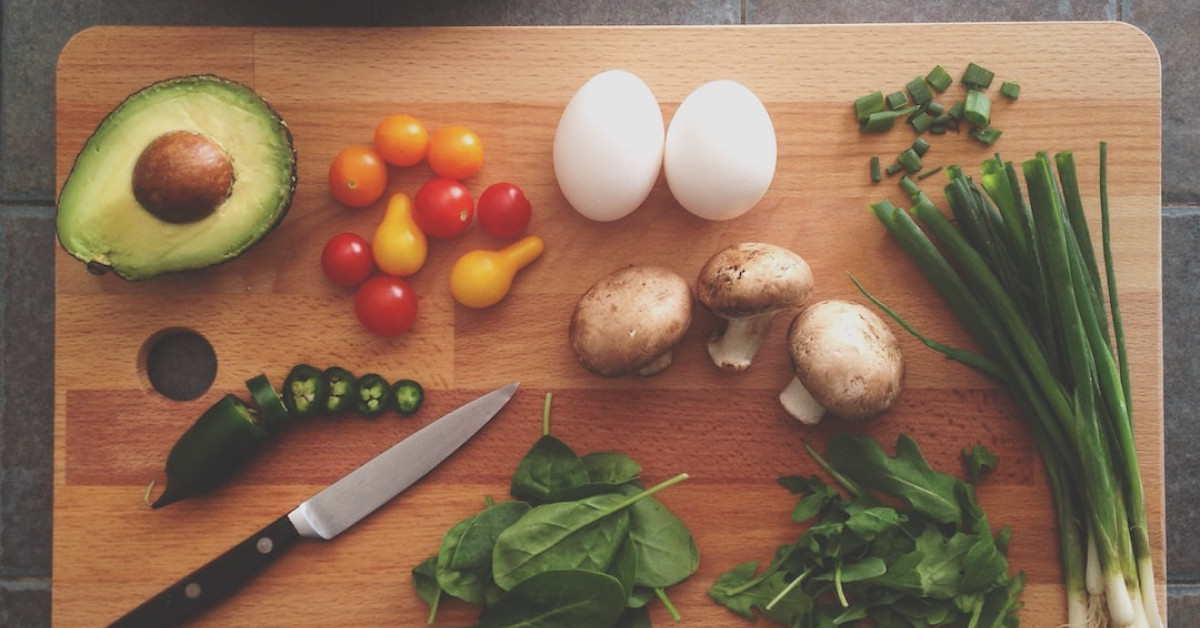In the vibrant world of culinary arts and nutrition, boneless skinless chicken thighs often take center stage as a versatile and delicious source of protein. However, for those who revel in a garden’s bounty — the veggie lovers among us — understanding how to marry this succulent meat with an array of vegetables can elevate both flavor and nutritional profile of a meal. Whether you’re a dedicated carnivore, a flexitarian, or someone looking to infuse more vegetables into your meat-centric dishes, this guide unfolds the perfect synergy between boneless chicken thighs and vegetable goodness.
Irresistible Harmony: Pairing Chicken Thighs with Vegetables
Navigating the nutrition and preparation of boneless skinless chicken thighs, while keeping vegetables in sharp focus, offers an exciting journey through flavor and health. As we delve into the numerous benefits and culinary practices, let’s first understand why these two food groups should be on your plate together.
Why Pair Vegetables with Chicken Thighs?
Boneless skinless chicken thighs and vegetables create a complementary duet for several reasons:
- Nutritionally complete meals: Combining these chicken thighs with vegetables rounds out the meal, providing carbohydrates, proteins, vitamins, and minerals in one go.
- Balanced flavors: The slight richness of chicken thighs is cut through by the freshness of vegetables, resulting in a well-balanced taste experience.
- Diverse textures: The tenderness of chicken contrasts with the crispness or silkiness of various vegetables, delivering a satisfying mouthfeel.
A Deep Dive into Chicken Thigh Nutrition
When discussing boneless skinless chicken thigh nutrition, it’s crucial to assess what makes them a valuable part of a balanced diet:
- Caloric Content: Moderately low in calories, they fit into various diet plans.
- Protein Powerhouse: They are an excellent source of high-quality protein necessary for muscle growth and repair.
- Vitamin Rich: Chicken thighs are a good source of B vitamins, particularly niacin and vitamin B6, which are essential for energy metabolism.
- Mineral Content: They contain minerals such as phosphorus and selenium, which play key roles in bone health and antioxidant defenses, respectively.
Visiting the Veggie Side: Nutritional Spotlight on Vegetables
On the flip side, vegetables are low in calories, high in fiber, and brimming with essential nutrients. Each type of vegetable brings its own set of nutritional benefits to the table. For instance:
- Leafy Greens: High in iron, calcium, potassium, and vitamins A, C, K.
- Cruciferous Vegetables: Loaded with fiber, vitamins C, E, K, and potent cancer-fighting compounds.
- Brightly Colored Veggies: The likes of peppers and tomatoes are full of antioxidants like beta-carotene and lycopene.
Crafting Nutrient-Dense Meals with Chicken and Vegetables
While we’ve dissected the nutritional content separately, the true magic happens when chicken thighs and vegetables share a plate. Here’s how to build nutrient-dense dishes that taste as good as they are for your body.
Tips for Perfect Chicken and Veggie Combos
To maximize the nutritional value and appeal of your meals, consider these tips:
- Mix a Variety of Colors: Use a rainbow of vegetables to get a full spectrum of nutrients.
- Consider Cooking Methods: Grilling, roasting, and stir-frying preserve the most nutrients while adding incredible flavor.
- Season Smartly: Use herbs and spices to enhance the natural flavors without adding excessive salt or fat.
Recipe Inspirations for Veggie-Centric Chicken Dishes
Get creative in the kitchen with these ideas, keeping the spotlight on both boneless skinless chicken thighs and vegetables:
- A nutritious stir-fry with chicken, bell peppers, broccoli, and carrots, seasoned with ginger and garlic.
- Herb-roasted chicken thighs served atop a bed of quinoa and roasted Mediterranean vegetables like zucchini, eggplant, and cherry tomatoes.
- Grilled chicken and vegetable skewers with a mix of onions, peppers, and cherry tomatoes, accompanied by a yogurt-based dipping sauce.
Seasonal Vegetable Selections to Elevate Chicken Thighs
Align your chicken and vegetable dishes with the seasons for the freshest, most nutrient-dense options. Here’s a quick guide:
Spring
- Asparagus
- Peas
- Spring onions
Summer
- Zucchini
- Bell peppers
- Corn
Autumn
- Brussels sprouts
- Butternut squash
- Kale
Winter
- Root vegetables like carrots and parsnips
- Winter squash
- Cabbage
Understanding Macro and Micronutrient Synergy
One of the keys to excellent nutrition is the synergy between macronutrients (protein, carbs, and fats) and micronutrients (vitamins and minerals). Boneless skinless chicken thighs bring the protein and some B vitamins and minerals to the table, while vegetables offer carbs, fiber, and a host of micronutrients.
Protein and Vitamin Interplay
Proteins in chicken thighs help in the absorption and utilization of certain vitamins and minerals found in vegetables, such as:
- Iron absorption from leafy greens is enhanced by the protein in chicken.
- Vitamin C in vegetables aids in healing and tissue repair when coupled with the protein’s role in building body tissues.
Fiber and Satiety Connection
Vegetables add fiber to the meal, which promotes satiety — a key factor for those looking to manage their weight without compromising on nutrition or taste when consuming boneless skinless chicken thighs.
Smart Shopping for Quality Ingredients
To create the most nutritious and delicious chicken and vegetable meals, start with high-quality ingredients. Tips for smart shopping include:
- Look for labels like “organic,” “free-range,” or “antibiotic-free” when selecting chicken thighs.
- Purchase vegetables from local farmers’ markets or organic sections to ensure peak freshness and nutrient content.
Preparing Meals for Optimal Nutrient Retention
The manner in which you prepare your meals can have a significant impact on nutrient retention. For healthier cooking methods, consider:
- Steaming vegetables to preserve water-soluble vitamins such as vitamin C and B vitamins.
- Using minimal oil and healthy fats like olive oil or avocado oil for cooking chicken thighs.
Addressing Common Concerns for Veggie Lovers
For those primarily interested in vegetables, incorporating boneless skinless chicken thighs could raise some concerns. Let’s address these head-on:
Ethical and Sustainable Eating
Choosing boneless chicken thighs from ethical sources, such as local farms practicing sustainable farming, reassures those concerned about animal welfare and environmental impact.
Balancing Meat and Veggies in Your Diet
Striving for balance is key—the USDA recommends making half your plate fruits and vegetables, with the remaining half split between whole grains and lean protein, like chicken thighs.
Conclusion: A Balanced Plate for Optimal Health
The combination of boneless skinless chicken thighs and a variety of fresh vegetables provides a balanced and nutrient-dense feast that can delight the palate and nourish the body. By embracing the tips and information provided in this guide, you can create meals that are not only delicious and healthy but also cater to an increased consciousness about sustainability, and perhaps most importantly, bring vibrant color and joy to your dining experience.










